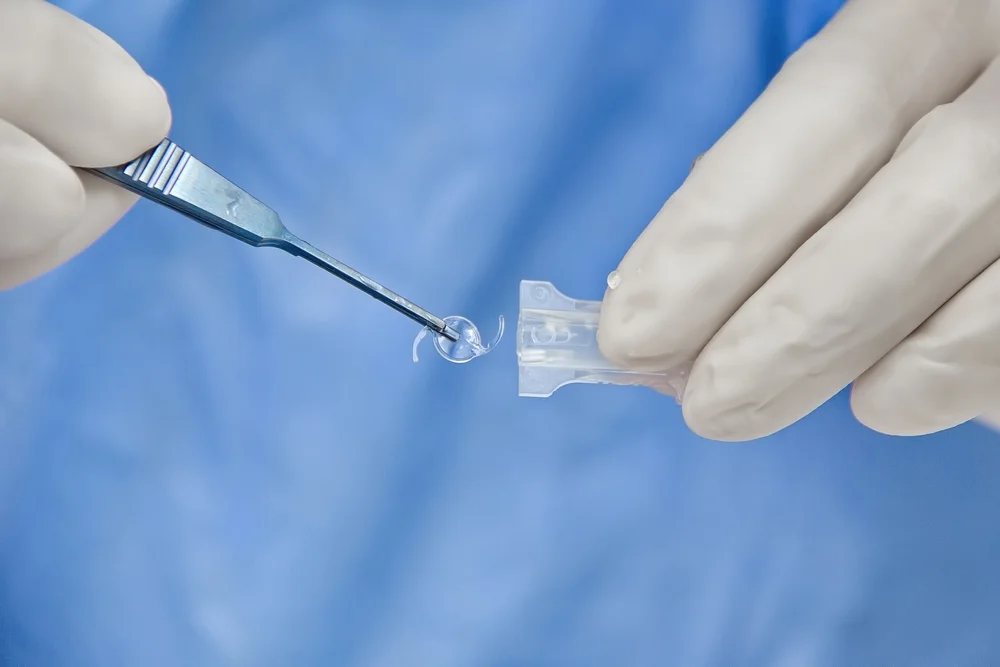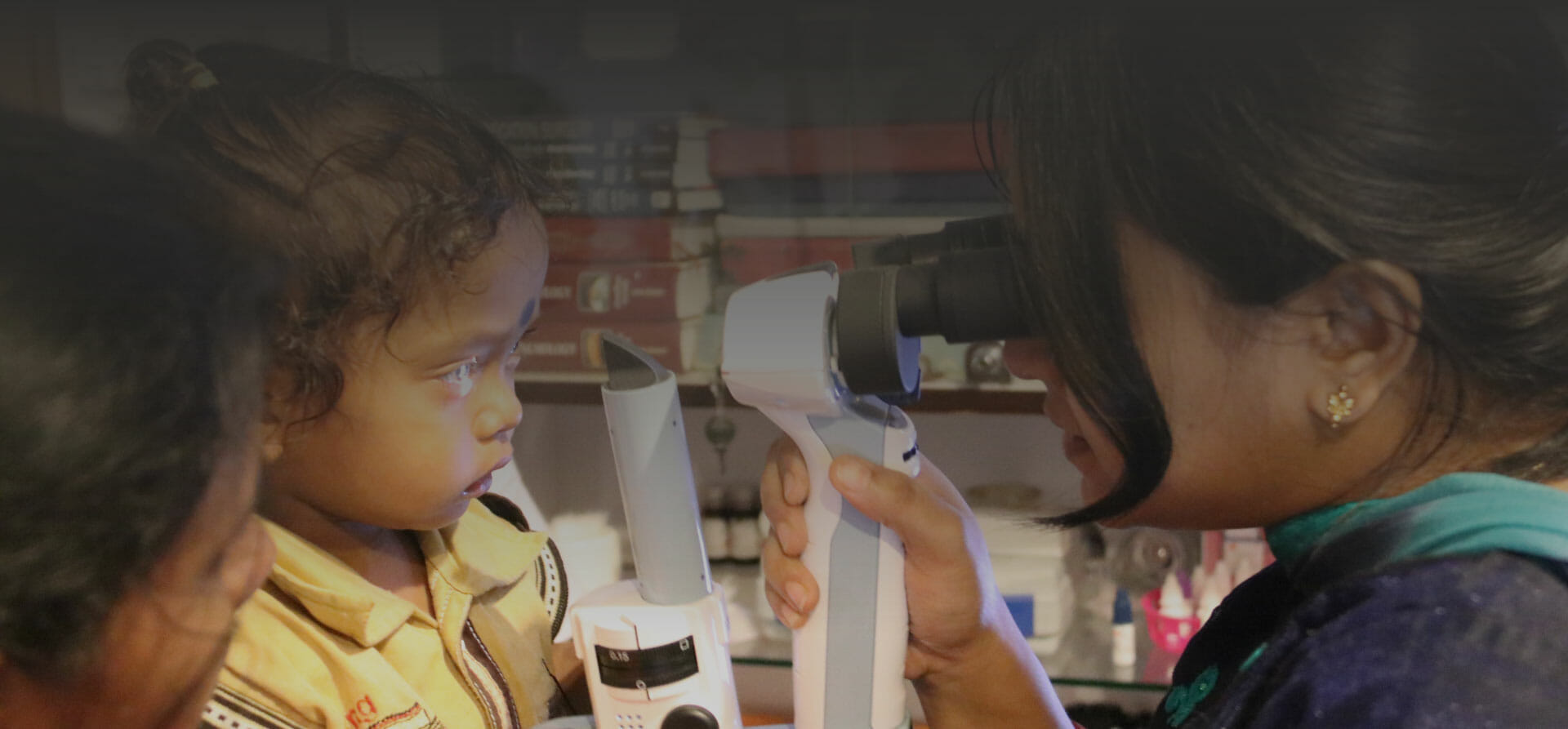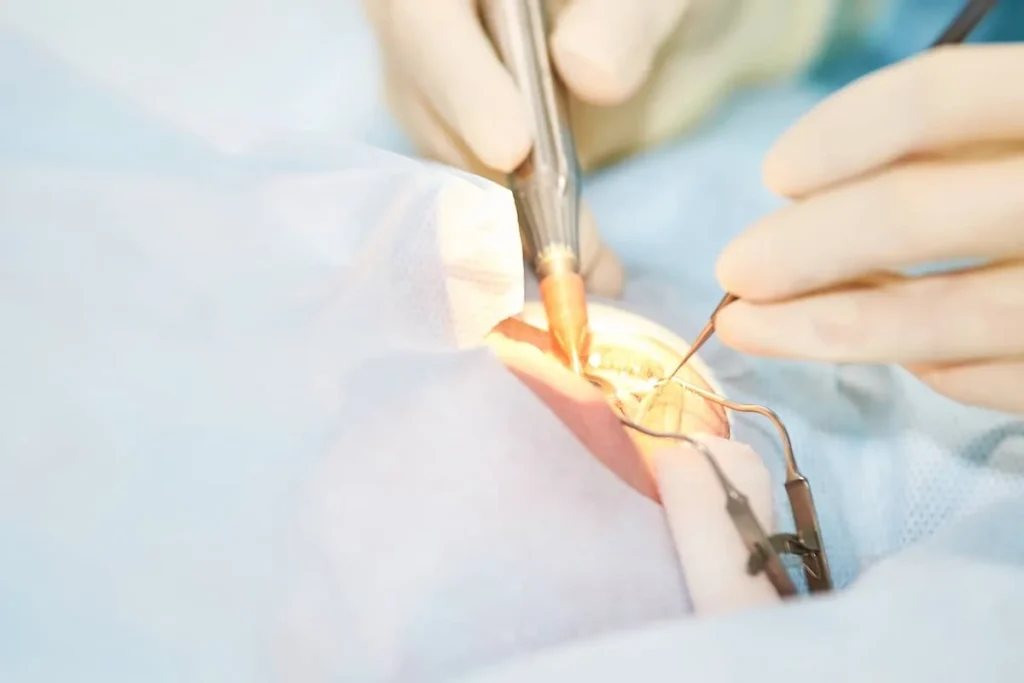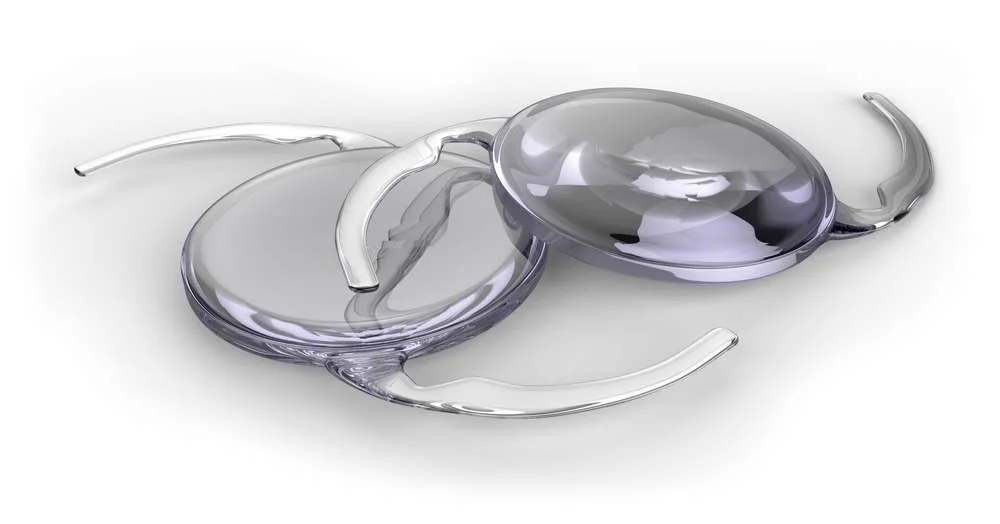Once your lens turns cloudy from cataracts, no medicine can make it clear again. Surgery is the only way to fix this, and it successfully improves vision for 95% of patients who have it. While it’s great to trust your doctor’s advice since they understand your needs and lifestyle, knowing about the available lens options can help you make a more informed decision for cataract surgery.
In this blog, we’ll cover the latest lens options available in 2024. We’ll explain the differences between each type and help you understand how to select the best lens for your eyes. Let’s get a clear view of what’s out there so you can feel confident about your choice.
Contents
Best Lens Options for Cataract Surgery in 2024

When undergoing cataract surgery, choosing the right intraocular lens (IOL) is crucial as it affects your vision post-surgery. Here’s a breakdown of the types of IOLs available to help you make an informed decision:
Monofocal Lenses
Monofocal lenses are the most common type used in cataract surgery. These lenses have a single focus strength and are typically set to provide clear distance vision. Patients often still need glasses for near tasks like reading or computer work. They are well-known for their affordability and effectiveness in providing high-quality vision for one specific distance.
Multifocal Lenses
Multifocal lenses are designed to correct vision at multiple distances. Unlike monofocal lenses, they allow patients to see well at a range of distances, from near to far, reducing the dependency on glasses. However, some patients may notice more glare and halos around lights compared to monofocal lenses, which can be a drawback for some.
Trifocal Lenses
Trifocal lenses are an advancement over multifocal IOLs, offering clear vision at three distinct distances: near, intermediate, and far. They are particularly beneficial for patients who engage in various activities that require sharp vision across different ranges, such as reading, using a computer, or driving. Trifocal lenses also come with features to reduce eye strain and enhance vision under various lighting conditions.
Toric Lenses
Toric lenses are tailored for patients with astigmatism, which is when the cornea is irregularly shaped causing blurred vision. These lenses correct astigmatism along with nearsightedness or farsightedness. They provide clearer vision by compensating for the irregular curvature of the cornea, making them a preferred choice for those with significant astigmatism.
Extended Depth of Focus (EDOF) Lenses: A Newer Option
Extended Depth of Focus (EDOF) lenses represent a newer class of intraocular lenses (IOLs) designed to enhance visual acuity across a continuous range of distances. EDOF lenses are a promising solution for those seeking a broader range of clear vision post-cataract surgery, with reduced dependence on glasses.
Unlike traditional multifocal lenses that split light into distinct focal points for near and distant vision, EDOF lenses extend the range of vision by using advanced optical technology that manipulates light more gradually.
Each of these lens types has its own set of advantages and potential drawbacks, and the best choice depends on your specific vision needs, lifestyle, and the health of your eyes. Discussing these options with your ophthalmologist will help determine the most suitable lens for your situation.

Your Help Can Make a Difference!
Cataract Is The Biggest Reason For Blindness!
With Every Donation, You’re Gifting a Cataract Surgery To Someone in Need!
Cost Comparison of Intraocular Lenses for Cataract Surgery
Here is a detailed cost comparison of different types of IOLs available in 2024, based on the latest pricing:
| Type of Lens | Brand | Estimated Cost (INR) | Benefits |
|---|---|---|---|
| Monofocal (Distance Vision) | Care Acril | 20,000 | Low cost; provides excellent vision at a single distance |
| Alcon AcrySof IQ | 55,000 | ||
| J&J Eyhance | 45,000 | ||
| Multifocal (Distance & Near Vision) | Acril Multifocal | 30,000 | Medium cost; corrects nearsightedness and farsightedness |
| J&J TECNIS | 45,000 | ||
| Care Magnificent | 55,000 | ||
| EDOF (Extended Depth of Focus) | Aurolab VIVID | 75,000 | Medium cost; good vision from close up to far away; less need for glasses |
| Swiss Lucides | 65,000 | Better clarity than multi-focal | |
| Alcon Clareon Vivit y | 1,00,000 | ||
| Toric (Distance & Cylindrical Power) | Care Acril Toric | 35,000 | Corrects distance as well as cylindrical vision |
| Zeiss, Alcon, Bausch & Lomb Toric | 45,000 | ||
| Trifocal (Hydrophilic) | 45,000 | ||
| Trifocal (Distance, Near & Computer Vision) | Trifocal (Hydrophobic) | 75,000 | Premium high cost; lessens Anti-glare, HD vision, and Anti PCO |
| Rayner | 70,000 | ||
| Alcon Panoptics Zeiss | 90,000 | High cost; includes high-end features like Blue Light filter options |
Remember, this cost comparison table provides a rough estimate of what patients can expect to pay for different IOLs, helping them make informed decisions based on their visual needs and budget.
What to Consider When Choosing a Lens for Cataract Surgery

Selecting the right intraocular lens (IOL) for your cataract surgery is crucial for your vision quality and lifestyle post-surgery. Here are several key factors to consider when choosing an IOL:
Visual Needs and Lifestyle
- Consider what activities you engage in daily. Do you need to see well up close for reading or crafts? Do you spend lots of time on a computer or driving? Different lenses cater to different ranges of vision.
- Think about how willing you are to wear glasses after surgery. Monofocal lenses often require patients to wear glasses for near or intermediate vision, whereas multifocal or EDOF lenses might reduce or eliminate the need for glasses altogether.
- If you drive a lot, especially at night, consider lenses that minimize halos and glare, such as monofocal or EDOF lenses.
Health Considerations
- Apart from cataracts, consider other eye health issues you might have, such as astigmatism, which would require specific types of lenses like toric lenses to achieve the best vision correction.
- Some health conditions, such as diabetes or macular degeneration, might influence the type of lens you should choose, as certain lenses may provide better visual outcomes in the context of these health issues.
Potential Side Effects
- Lenses like multifocal and trifocal can cause visual disturbances such as halos or glare around lights, which can be particularly noticeable when driving at night. It’s important to weigh how these potential effects might impact your comfort and safety.
- Some lenses might require a longer adaptation period.
Taking the time to consider these factors thoroughly will help you choose the lens that best suits your vision needs and lifestyle, ensuring you are satisfied with your vision after cataract surgery.
Process of Cataract Surgery

The Cataract surgery is typically quick, safe, and efficiently managed through a series of well-organized steps spread across three main days: pre-op, surgery, and follow-up. Here’s what you can expect during each phase:
Pre-Operative Screening
- Duration: Approximately 2 hours.
- Basic Eye Check-Ups: Your surgeon will conduct a thorough examination of your eyes to assess the extent of cataract and any other possible eye issues.
- Biometry: This is a critical test that measures your eye dimensions to determine the perfect intraocular lens (IOL) power needed for your vision correction.
- Health Assessments: General health assessments including Blood Pressure, Blood Sugar tests, and an ECG to ensure you are fit for surgery under local anesthesia.
Surgery Day
- Duration: About 30 minutes for the surgery itself, with an additional 2 hours approximately for pre and post-surgery formalities.
- Procedure:
- Preparation
You will arrive at the surgery center where your eye will be prepared with antiseptic solutions and anesthetized. This is usually done with eye drops that numb the area. - Surgery
The surgeon will make a small incision in the eye. The cloudy lens will be broken up and removed using high-frequency ultrasound devices. Then, the chosen artificial lens is implanted. - Recovery
Immediately after the surgery, a protective shield may be placed over your eye to prevent any accidental rubbing or pressure. - Discharge
After a short post-operative recovery during which your response to the surgery is monitored, you’ll be able to go home. It’s advised that someone else drives you home given the effects of the anesthesia and the immediate recovery from the procedure.
- Preparation
Post-Operative Follow-Up
- Duration: Approximately 1 hour.
- Eye Examination: The surgeon will check your eye to ensure it is healing properly without infection or inflammation.
- Guidance on Post-Surgery Care: Instructions will be provided on how to care for your eye, including prescribed medications (typically antibiotic and anti-inflammatory eye drops) and precautions to avoid strenuous activities and protect your eye from dust and water.
Your Contribution Can Help The Needy
Cataract surgery is a simple procedure that can change someone’s life by giving them back their sight. However, many people can’t afford this crucial surgery. You can help! By donating, you can help someone see the world clearly again. Imagine giving someone the ability to read, work, or see their loved ones’ faces clearly.
Be The Reason To Bring Back Their Vision
Your small donation can make a big difference. It means someone gets the surgery they need to live a fuller, more independent life.
Join Hands With Eye Mantra Foundation
We encourage you to join us at the Eye Mantra Foundation and help those who can’t afford cataract surgery. Donate today and help someone see the beauty of the world again.
